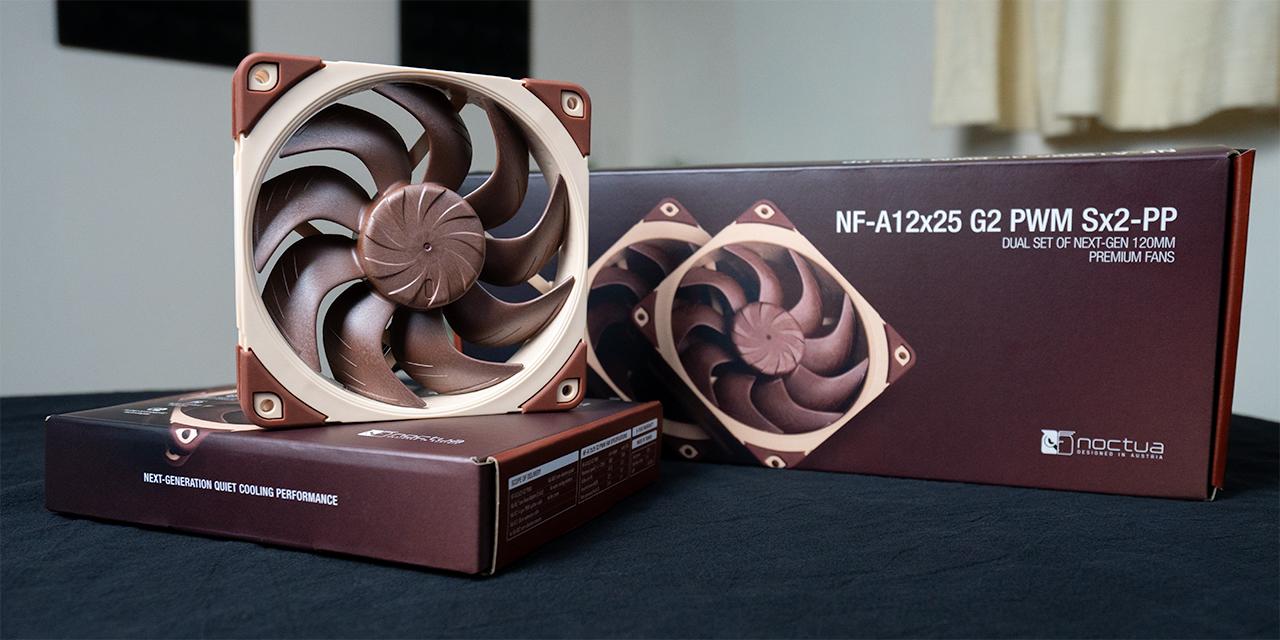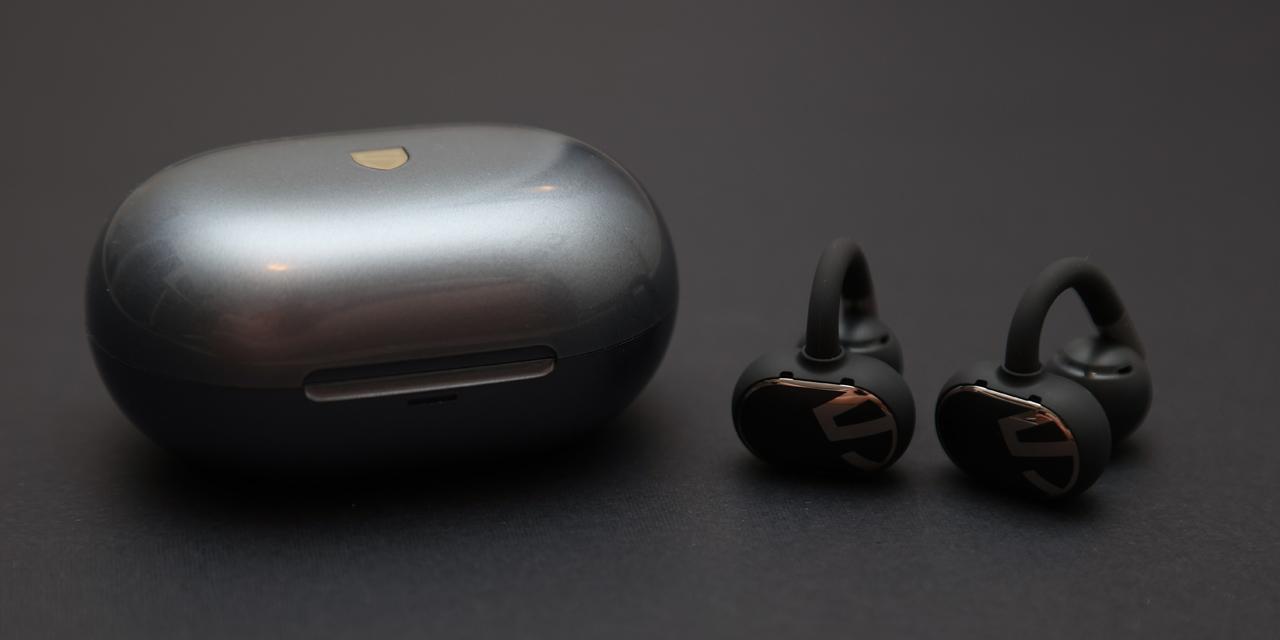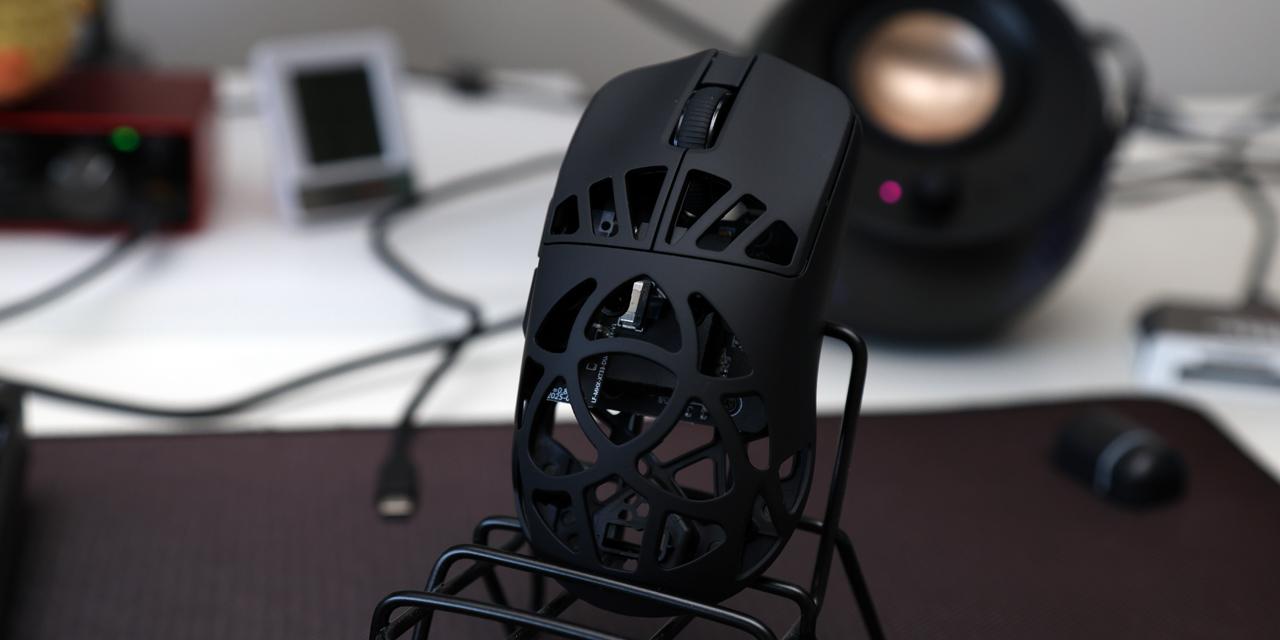|
From X-bit Labs: On Tuesday Intel Corp. for the first time demonstrated its next-generation Core i-series 5000-sequence “Broadwell” microprocessors in action publicly. Regrettably, the company did not reveal a lot of details on the matter, but indicated that the new manufacturing process enabled greater power savings without any losses in performance and functionality. "Semiconductor-based technology will continue to address the world's most pressing problems and exciting opportunities, changing how we live our lives, run our cities and care for our health. Intel has played a pivotal role in every previous technology transition and will continue to enable breakthroughs in the future," said Renée James, the Intel president. At the Intel developer show, chief executive officer of Intel, demonstrated a system running Intel Core i-series “Broadwell” microprocessor made using 14nm process technology with tri-gate transistors. The next-generation chips are on track to begin production by the end of this year and become the world’s first microprocessors produced using the node. The first "Broadwell" products will deliver higher performance, longer battery life and low platform power points for 2-in1 and fanless devices, ultrabooks and various PC designs, further blurring the line between media tablets and fully fledged notebooks. At the same time, Intel does not plan to give up its low-power micro-architectures that are designed for tablets, smartphones and similar products. Saying that Intel will bring the full weight of its manufacturing process and architectural leadership to the Intel Atom processor family, Brian Krzanich, chief exec of Intel, confirmed Intel intends to bring its Intel Atom processor and other products based on the next-generation "Airmont" microarchitecture to market on Intel's leading-edge 14nm process technology beginning next year. Timing will vary by product segment. Intel Core i-series 5000-sequence “Broadwell” central processing units will not have a lot of architectural difference compared to existing Core i-series 4000-sequence “Haswell” products, but will likely feature considerably more advanced graphics engine, improved clock-speeds and a number of innovations related to power consumption. The forthcoming chips are projected to hit the market in the second half of 2014. View: Article @ Source Site |
 |
Intel Shows Off Hybrid PCs Running Core i Broadwell Microprocessor
© Since 2005 APH Networks Inc. All trademarks mentioned are the property of their respective owners.





